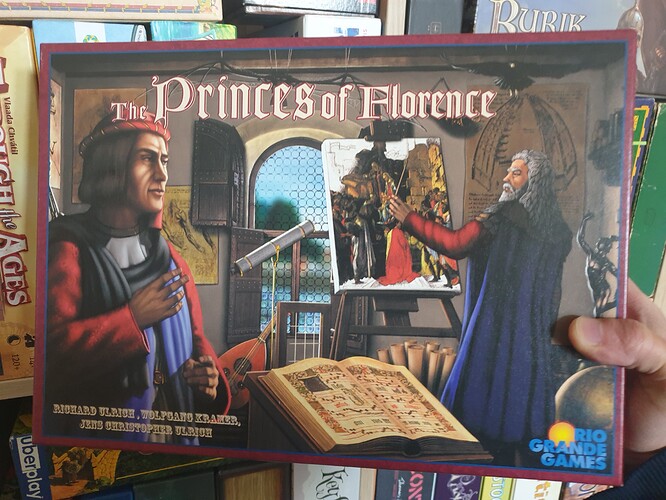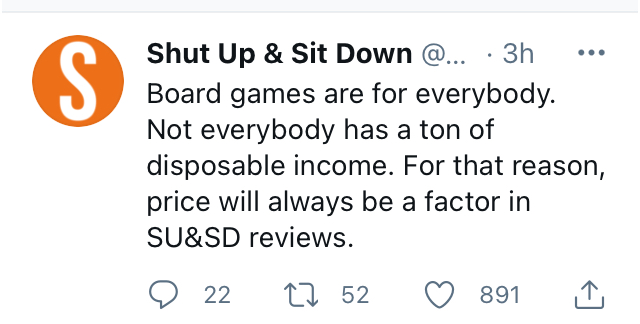An economist writes: price setting is hard, and while microeconomic theory has some things to say about it it doesn’t have all the answers.
The obvious stuff is obvious: broadly speaking, the higher you set your price, the fewer units you sell. (That’s the demand curve here – because the people who first drew these graphs were mathematically semiliterate at best, price is on the Y-axis even though it’s the controlled variable.)
https://www.researchgate.net/profile/Ani_Melkonyan/publication/282005903/figure/fig7/AS:613876139843629@1523370885952/Demand-and-supply-curves-market-equilibrium-equilibrium-price-and-quantity-Source.png
This makes a lot of assumptions, one of which is that there are multiple suppliers and the goods are interchangeable; you might draw this graph about “standard entry-level chess sets”. If BigChessCo has over-priced its sets, a smaller manufacturer can move in and capture part of the market by undercutting it. (That’s essentially the supply curve, which won’t be relevant hereafter.)
To some extent this applies in boardgames: if I don’t like the price of Through the Desert I can buy Hansa Teutonica instead, and it may satisfy my desire for route-building if not my desire for camels. But obviously the more of a monopolist A. becomes the more likely it is to have control of all of the alternatives in a particular gamespace, so if people don’t want to pay their prices they can just stop buying new boardgames completely.
So let’s say that for some subset of the games this control has happened, and A. can set the price to whatever it likes. Its income is price × quantity sold, which traditionally is fairly constant; its expenditure is production cost × quantity sold. Normally one would expect that production cost would drop with quantity, so the best approach would be to minimise price and maximise quantity.
But many boardgamers have shown themselves willing to pay whatever a publisher asks, in other words demand doesn’t drop much as the price goes up. (“Demand is price-inelastic” in economics terms.) If hiking the price doesn’t lose you many sales, dropping the price doesn’t gain them either; at that point dropping the price may not get you enough new sales to compensate for the money you’re now leaving on the table for each copy you sell.
(E.g. your production cost is 10 per game. You sell 1,000 a year at 50 to make 40,000; or you drop the price to 40 and sell 1,300, but your profit has gone down to 39,000.)
And if for example “big box game” costs about ¤90 whichever publisher you go to, even if A. could be profitable at ¤70 instead you’d get purchasers who’d rate it as a lesser game merely because it “doesn’t cost enough”.

